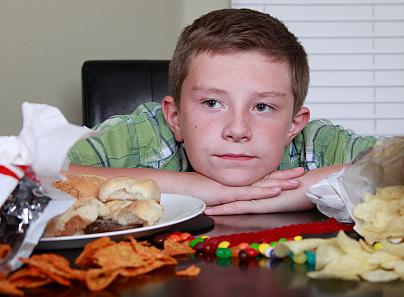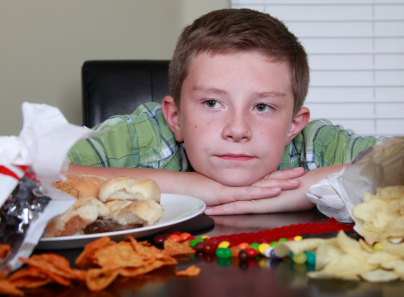Your Community's Hidden "Food Environment" for Children: New CDC Report Can Lead to Great Stories

 Who knew that Tennessee had the highest percentage (41%) of high school kids who drank more than one sugary soda a day? The TriCities news team in Johnson, Tenn. did, because someone on the team read the new CDC state-by-state report on "food environments" for children and wrote a story about it.
Who knew that Tennessee had the highest percentage (41%) of high school kids who drank more than one sugary soda a day? The TriCities news team in Johnson, Tenn. did, because someone on the team read the new CDC state-by-state report on "food environments" for children and wrote a story about it.
Basically, food environments are a policy wonk's way of measuring people's access to affordable, healthy, nutritious food. Lack of access to healthy food can lead to malnutrition, but also, ironically, obesity. (Also, check out our tips for covering "food deserts" in your community here.)
There are more hidden stories in the CDC report, the uncatchily titled "Children's Food Environment State Indicator Report, 2011". Finding them is just a matter of tinkering with the data in spreadsheet form, which I've provided below.
For example: What states have the highest and lowest percentages of kids with a television in their bedroom, a known risk factor for obesity? (I was surprised to see that the percentages ranged from about 24 to 70 percent.)
In what states do teens report drinking the most soda? What states require schools to offer free drinking water, and which allow schools to sell and advertise junk food? Which states have a lot of census tracts with few healthy food options (more convenience stores, fewer supermarkets)?
The report's tables are in unhelpful PDF format, but I converted them into Excel files thanks to PDF to Excel , a free online converter, and added filters so you can sort to look for outliers.
Click here to see a table for behavioral factors such as soda drinking and TV watching habits associated with a higher risk of obesity.
Click here to see and download a table that will allow you to examine state laws on healthy food options for kids in schools and the percentages of schools that allow advertising of junk food. This table also allows you to compare states' "Modified Retail Food Environment Index," which indicates the level of access people in various census tracts have to retailers who sell healthier foods like fresh produce.
Have fun poking around! If you end up covering this topic, please share your work in the comments below.

